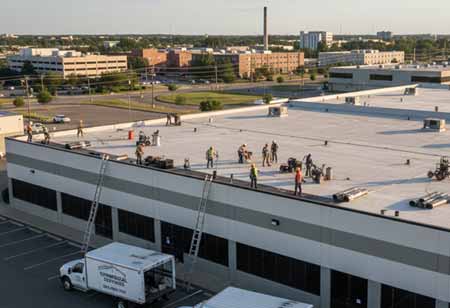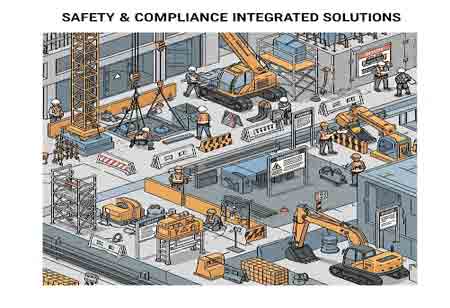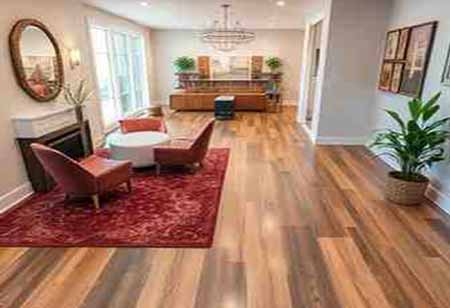Thank you for Subscribing to Construction Business Review Weekly Brief
Specials
- Apartment and Condominium Contractors Canada
- Decking Canada
- Architectural Glass Europe
- MEP APAC
- Construction Saudi Arabia
- German Apartment and Condominium Contractors
- Construction Law APAC
- Outdoor Construction
- Foundation Construction Canada
- MEP Canada
- Kitchen and Bath
- Cold Storage Construction APAC
- Precast Concrete Europe
- Construction Staffing Europe
- Pre-Construction Services
- Flooring System APAC
- Scaffolding Canada
- Swimming Pool Construction Canada
- Construction Management Canada
- Cold Storage Construction Canada
- Flooring Systems Europe
- Residential Construction
- Concrete Canada
- Construction Cladding Europe
- Construction Cladding APAC
- Concretes, Aggregates and Construction Materials APAC
- Concretes, Aggregates and Construction Materials Europe
- Commercial Contractors Europe
- Commercial Contractors APAC
- Dummy
- Construction Insulation, Coating and Waterproofing
- Construction Management APAC
- Landscaping Canada
- Construction Coating Europe
- Construction Tech Startups Europe
- Insulation Services Europe
- Mechanical Contractor Canada
- Mould Remediation and Testing Europe
- Swimming Pool Construction APAC
- Building Sealing Solutions Europe
- Construction Engineering Services
- Mechanical Electrical and Plumbing
- Roofing Systems Europe
- Architectural Glass APAC
- Startups APAC
- Construction Forensic and Owners Representative
- Flooring System
- Waterproofing APAC
- Wall Systems
- Safety and Compliance Europe
- Construction Bidding and Auctions
- Modular and Prefab Construction
- Architectural Glass
- Construction MENA
- Construction Demolition and Recycling Europe
- Modular Construction Europe
- Construction Interiors
- Steel Building APAC
- HVAC
- Doors and windows
- Construction Latam
- Building Information Modeling APAC
- Sustainable Construction APAC
- Building Restoration and Maintenance
- Commercial Contractors
- Specialty Construction
- Construction Engineering Canada
- Construction Engineering MENA
- Modular Construction Canada
- Modular Construction APAC
- Roofing and Siding Systems
- Workforce Management and Staffing
- Roofing Systems APAC
- Construction Consulting
- Steel Building Europe
- Construction Demolition and Recycling APAC
- Safety and Compliance APAC
- Concretes, Aggregates and Construction Materials
- Construction Cladding
Integrating Building Sealing Solutions into Smart Home Systems
The burgeoning European smart home market is experiencing rapid growth, fueled by an increasing emphasis on energy efficiency

By
Construction Business Review | Wednesday, June 26, 2024
Stay ahead of the industry with exclusive feature stories on the top companies, expert insights and the latest news delivered straight to your inbox. Subscribe today.
Europe is integrating smart technologies into building sealing to enhance sustainability and economic efficiency and improve residents' comfort, paving the way for a more environmentally conscious future.
FREMONT, CA: The burgeoning European smart home market is experiencing rapid growth, fueled by an increasing emphasis on energy efficiency, comfort, and security. However, a pivotal aspect often goes unnoticed: the role of building sealing solutions. These solutions play a critical role in mitigating air leaks and drafts, which substantially impact a home's energy consumption and overall functionality. By seamlessly integrating these solutions with smart home systems, a higher degree of efficiency and user control can be achieved, elevating modern living standards.
Building sealing plays a crucial role in Europe due to its vast ageing infrastructure, which is characterised by poor airtightness. This deficiency contributes to leaky buildings wasting substantial energy used for heating and cooling, resulting in higher utility bills and increased greenhouse gas emissions. Uncontrolled air infiltration leads to poor indoor air quality, as pollutants and allergens enter the living spaces, impacting the health and comfort of occupants. Drafts and uneven temperatures caused by inadequate sealing create discomfort, making maintaining a pleasant indoor environment challenging.
Addressing these challenges requires effective building sealing solutions. These solutions encompass a variety of technologies and materials designed to mitigate energy inefficiency, indoor air quality concerns, and thermal comfort challenges. For instance, advanced sealants fill gaps around windows, doors, and building components, effectively preventing air leakage. Airtight membranes installed behind cladding materials act as barriers against uncontrolled air infiltration. Smart ventilation systems ensure proper air exchange while minimising heat loss and optimising indoor air quality and energy efficiency.
More in News





